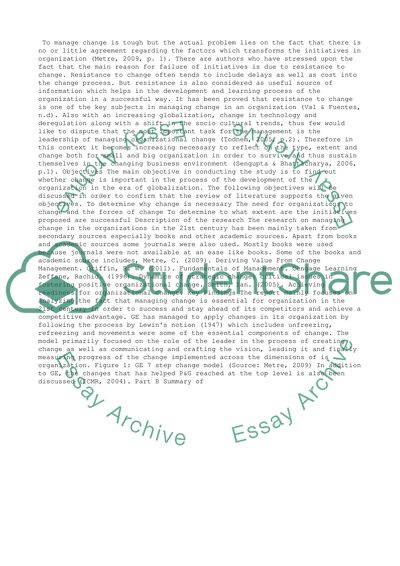Cite this document
(“MBA Essay Example | Topics and Well Written Essays - 3000 words”, n.d.)
Retrieved from https://studentshare.org/management/1398565-mba
Retrieved from https://studentshare.org/management/1398565-mba
(MBA Essay Example | Topics and Well Written Essays - 3000 Words)
https://studentshare.org/management/1398565-mba.
https://studentshare.org/management/1398565-mba.
“MBA Essay Example | Topics and Well Written Essays - 3000 Words”, n.d. https://studentshare.org/management/1398565-mba.


